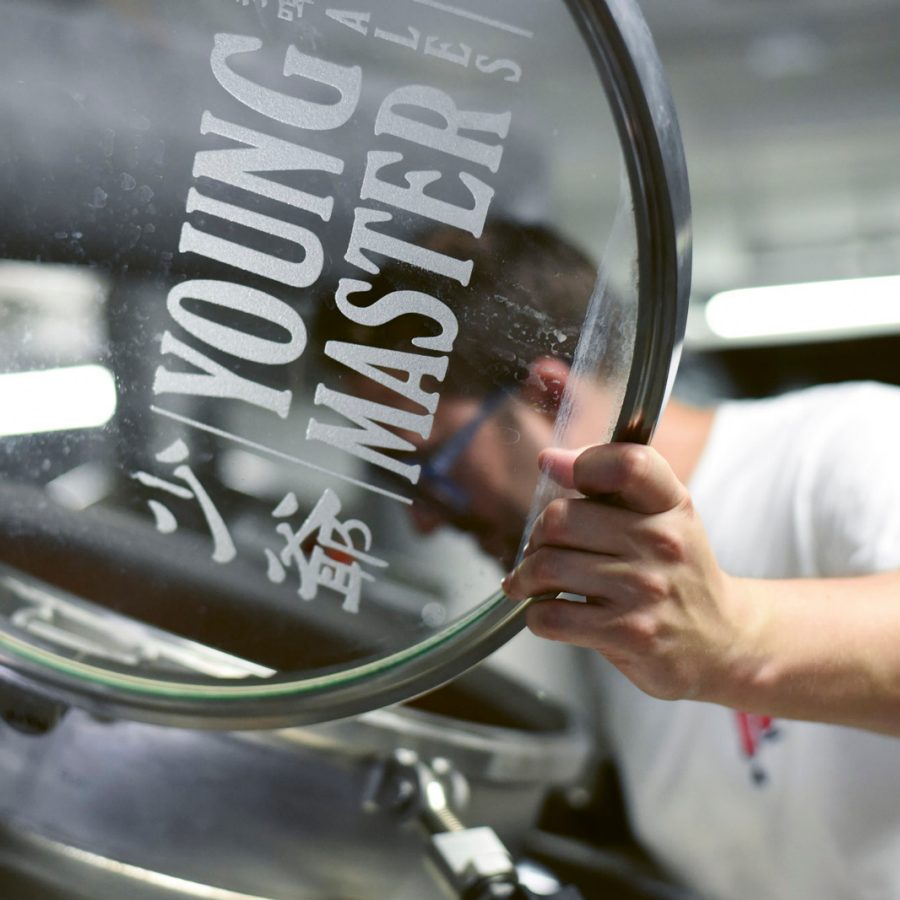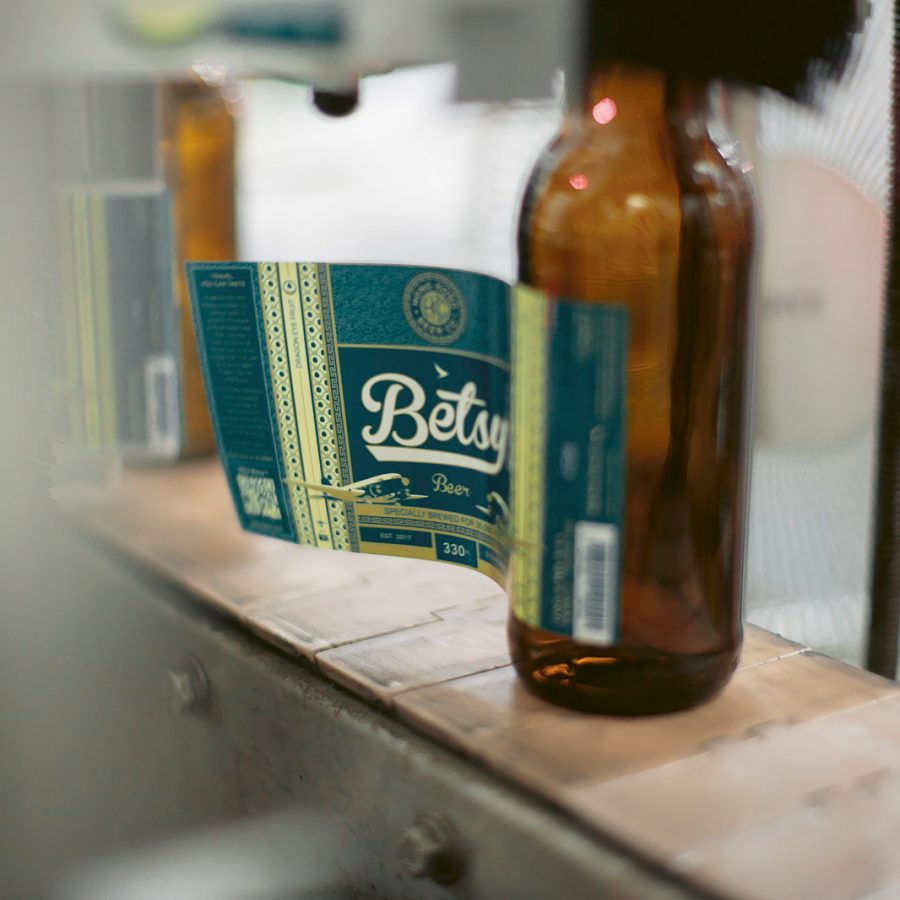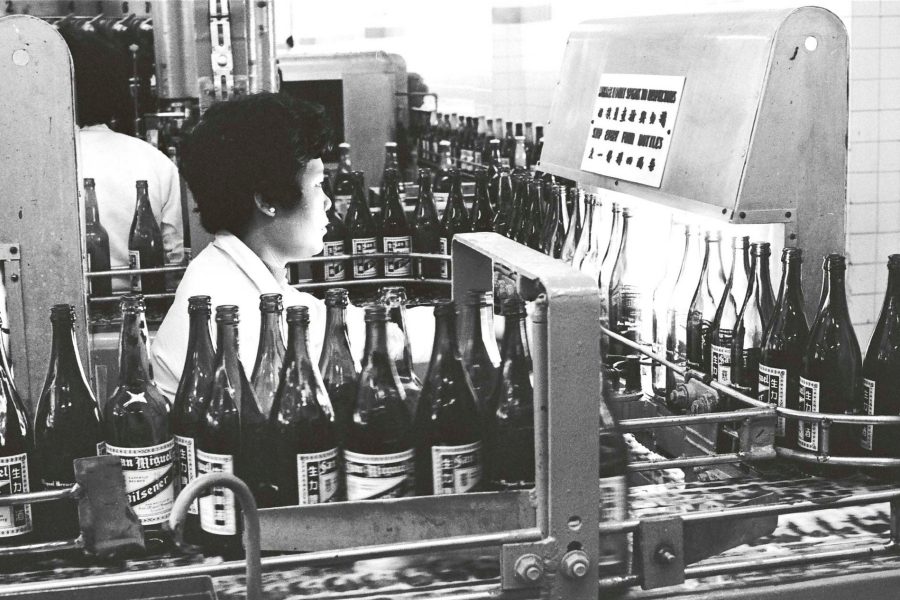On paper, people in Hong Kong don’t drink very much. According to the Department of Health, the average resident drinks just 2.83 litres of pure alcohol per year. That’s in comparison to 7.2 litres in Japan and 11.6 litres in the UK.
And yet this is a city awash with booze – and most of it is beer. That has been true from its very first days as a British colony, when local army men mixed porter with ginger beer to fight the summer heat. Military officials encouraged the consumption of beer as a way to keep troops from drinking the dangerously cheap local rice spirit, which left them blind drunk and prone to mayhem.
British beer historian Martyn Cornell, who lived in Hong Kong for several years, reports that trading company Jardine Matheson already had a warehouse full of beer by the time the Treaty of Nanjing was signed in 1842, giving Britain control over Hong Kong Island. By 1866, the colony was importing nearly 12,000 barrels of beer from the UK every year.
Back then, the most popular style of beer was porter, a dark brew made with chocolatey brown malt. By the end of the 19th century, though, Hong Kong was flooded with pale lagers imported from Denmark, Germany, the US and Japan. Walk into a local supermarket today and you might think that not much has changed: the shelves are still full of imported lagers. But Hong Kong has a long history of locally brewed beer, too.

Hong Kong’s first brewery opened in 1907, when two Portuguese businessmen installed brewing equipment in a converted house in Happy Valley. The business, however, folded after just a few years. An attempt by an English entrepreneur ended in similar failure, with the brewing kit being dismantled and shipped to Manila.
Parsee merchant Jehangir Ruttonjee was destined to have more success. In 1933, he opened a brewery in the (then) rural town of Sham Tseng in the New Territories, and while the first few years were rocky – a boom in silver prices slashed the price of imports, making local beer more expensive than beer shipped from abroad – Ruttonjee was soon supplying the thirsty people of Hong Kong with fresh lager branded ‘HB’: Hong Kong Brewery.
Business was interrupted by the Second World War. Japan invaded Hong Kong in 1941 and occupied it for the next four years. Ruttonjee was thrown in jail and tortured for resisting the occupation. His brewery was leased to a businessman from Osaka who continued brewing.

Credit: Courtesy of Cathay Pacific Airways and McCann Worldgroup Hong Kong
When the war ended in 1945, Ruttonjee travelled to the brewery, only to find it had been damaged by American bombs. He set to work rebuilding, and in less than a year, HB lager was being poured in local pubs for HK$1.50 a pint – about 20 cents cheaper than Carlsberg and other imports. In 1948, Ruttonjee sold his brewery to the Philippines’ San Miguel Brewery, which continued brewing in Sham Tseng until 1996, when it moved its operations a short distance north to Yuen Long. (It’s still going strong: according to the website, the brewhouse can produce 1.2 million cans of beer daily – the biggest proportion of which is San Miguel Pale Pilsen.)
The story could have ended there. But today, more beer is brewed in Hong Kong than ever before. After the territory axed its tax on beer and wine in 2009, a small group of entrepreneurs began importing craft beer from around the world. That inspired a number of local beer enthusiasts to try their hand at brewing beer themselves. There are nearly 20 breweries in Hong Kong today, most of them small operations making pale ales, stouts and other standard varieties of beer.
Some, like Moonzen Brewery, are experimenting with ingredients like Tibetan saffron and red bean. Young Master Ales is currently maturing Asia’s first batch of lambic, a Belgian-style beer made with wild yeast. Some breweries are making porter, the favourite beer of 19th century Hong Kong. Even this airline has created its own with the Hong Kong Beer Co: Betsy Beer – named after Cathay Pacific’s first plane and engineered to taste better in the air – which debuted in February.
Hero image: Chu Ming-Hoi/ SCMP
Hong Kong travel information
- China – the Chinese Mainland, Hong Kong SAR, Macao SAR and Taiwan Region
- Hong Kong SAR - English
- Chinese Mainland (China) - English
- Taiwan, China - English
- 香港特別行政區 - 繁體中文
- 中国內地 - 简体中文
- 中國台灣 - 繁體中文
- Africa
- South Africa - English
- Asia
- Bangladesh - English
- Korea - English
- Singapore - English
- Cambodia - English
- 한국 - 한국어
- Sri Lanka - English
- India - English
- Malaysia - English
- Thailand - English
- Indonesia - English
- Maldives - English
- ประเทศไทย - ภาษาไทย
- Indonesia - Bahasa Indonesia
- Myanmar - English
- Vietnam - English
- Japan - English
- Nepal - English
- Việt Nam - tiếng Việt
- 日本 - 日本語
- Philippines - English
- Australasia
- Australia - English
- New Zealand - English
